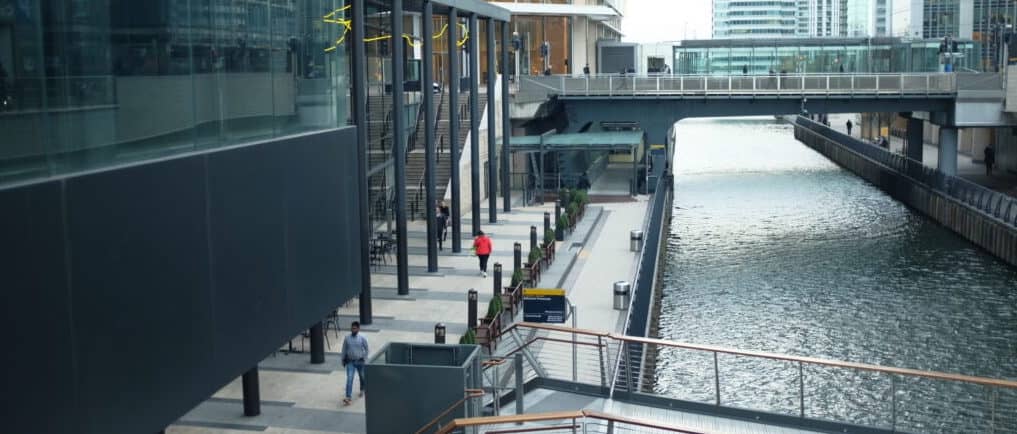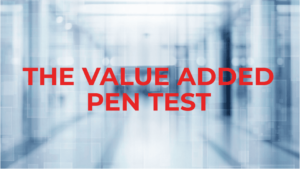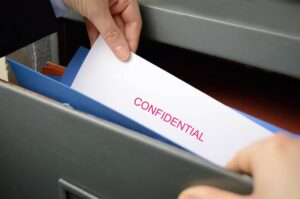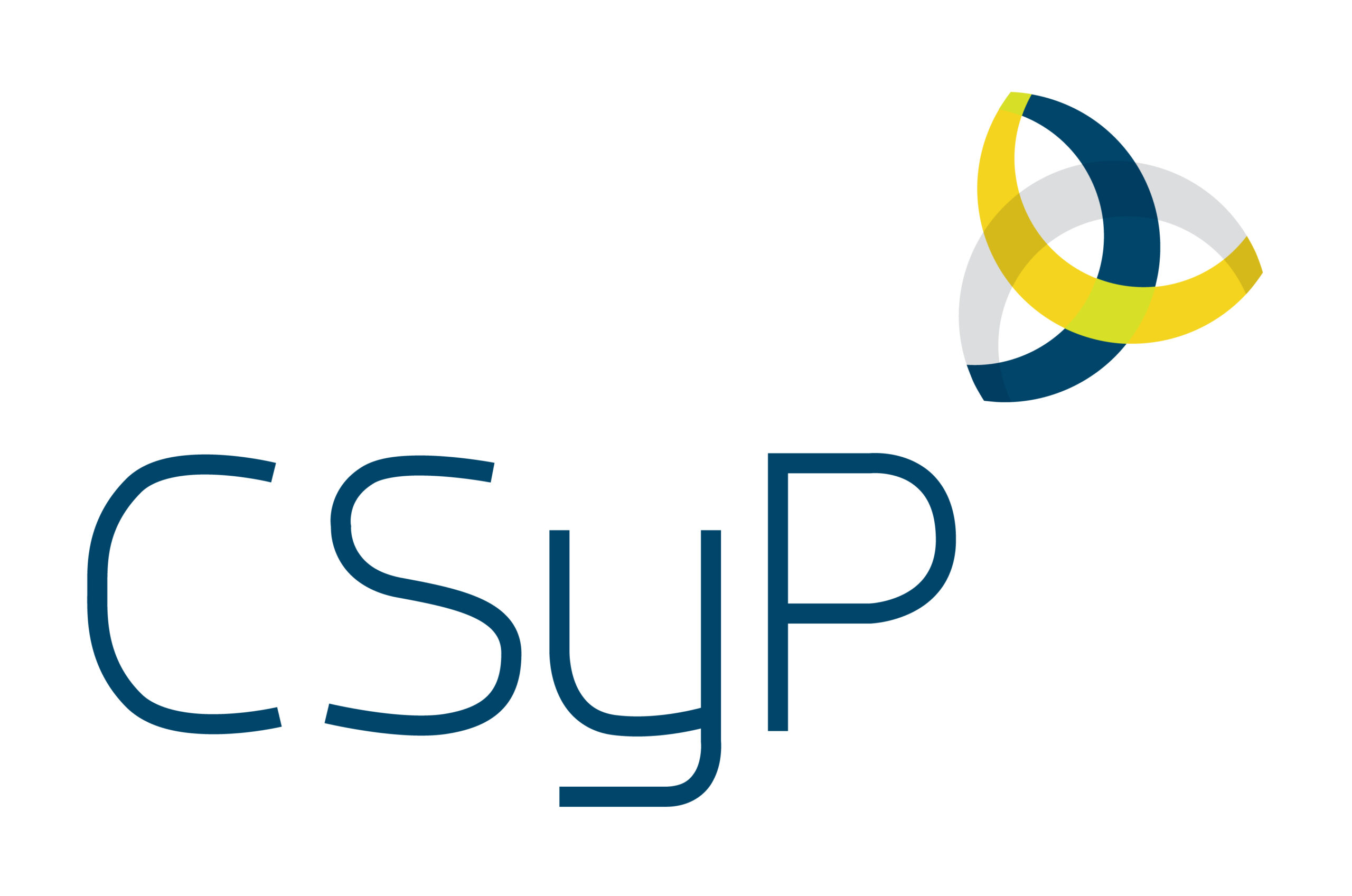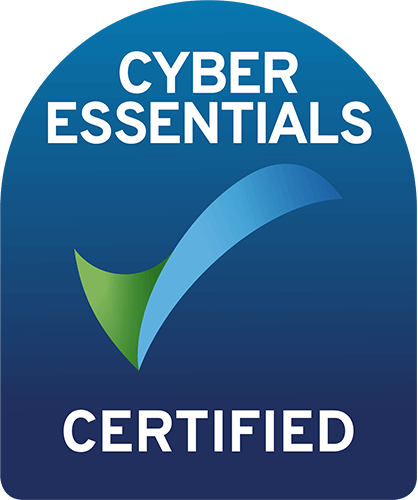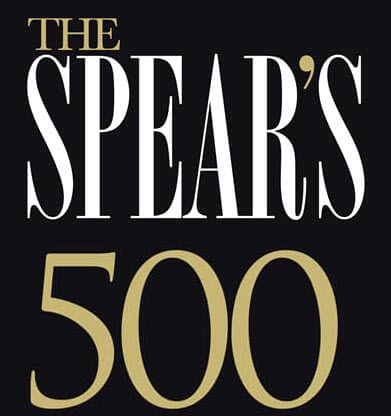A Day in the Life of a Commercial Surveillance Operation
Part 2 The Follow
Our former blog post A Day in the Life of a Commercial Surveillance Operation Part 1 talks about some of the things that we take into account before commencing a Surveillance Operation. This post focuses on some of our techniques and dilemmas during the actual follow, things that can go wrong and some of our operating procedures that can attribute to a successful follow.
One of the main principles of covert surveillance is flexibility, even after all of the necessary due diligence, preparation and OSINT has taken place we never presume the subject will do what we are expecting, and we are prepared for anything to happen.
To simplify this blog post I am describing details of a fictitious corporate surveillance operation, the operational objectives are; see who the subject meets when out of his home and office environments and to identify any financial transactions that he makes.
At 0800 hrs the subject exits his home address, he boards a chauffeur-driven private vehicle which has been positioned outside his address for the last 30 minutes. The driver takes a logical route to the subject’s office address in Knightsbridge. The subject (S1) enters the office address. Later at 1240 hrs S1 exits the address on foot, he walks a 5-minute route East to Hyde Park Corner where he boards an eastbound Piccadilly line underground train and exits at Green Park, he then walks for 5 minutes and arrives at a well-known restaurant in Mayfair at 1300 hrs. He enters alone and joins a male already sat at a table inside. The two men eat a two-course lunch and are in conversation throughout. At the end of the meal S1 and the male exit together and S1 hails a taxi from the street outside the restaurant, the male then walks away to the East. S1 travels directly back to his office where he is seen entering, he remains there until 1800 hrs when he exits he boards the morning’s chauffeur-driven vehicle and returns directly to his address.
In this instance, the operation would begin before the subject is expected to leave home in the morning. Operators would ideally be positioned with a view of the building exits or if that is not possible on the areas around them. What is common is that there will be a period of waiting around followed by a period of intense activity.
When the subject emerges, it may be a dynamic decision whether to follow by car or by foot, depending on what the subject does. Operators will be preparing to move, obtaining imagery, checking radio connectivity, and getting into positions to allow them the correct time and distance behind the subject.
For this fictitious operation, we have 3 vehicles and an additional 2 people on foot. One dilemma in the world of commercial surveillance is that generally, operators will be in their vehicles, this means that when they are crewed with another person unless they want to trust that person to drive their vehicle and they have the correct insurance the team is limited with the number of people free for the foot parts of a follow this is especially relevant in central London where parking is restricted. Depending on the client’s budget, and for overseas work hire cars may be used which allows a lot more flexibility, team members can rotate between driving and footwork, therefore, limiting the consecutive period on foot directly behind the subject and reducing the chance of exposure. On smaller operations there may only be 1-2 people who can follow the subject on foot, many operations are at least 12-hour days and changes of appearance are frequently adopted.
Changes of appearance might include the use of wigs, hats and even whole outfit changes right down to shoes. Props can be vital, operators need to look like they belong in the area of operation, some of the cover identities that we have used include bringing prams, dogs, acting as homeless people, joggers, workmen, posing as researchers with clipboards. Even something as simple as wearing a fictitious name badge can give an operator validity for sitting on a bench as if they are on a lunch break. The important thing is to blend in and not stand out in any way, this includes interacting with the surroundings, for example, if an operator is following a subject around a shop they will put things in a basket. They have to act like they normally would as a member of the public.
It is important to remember that it is fine to be seen by the subject of surveillance but not to be noticed. In everyday life whilst walking around a town centre it would not be unusual to see the same person more than once, however, when moving from one area to another is when a change in appearance becomes necessary if an operator is noticed in two different locations that are when a compromise could occur.
In this fictitious operation, we will assume our subject was driven to work by a regularly used driver, many drivers come from former police or military background and it is worth considering that they may have good awareness levels and may have even received anti or counter-surveillance awareness training. We would try and gauge how aware the driver is, assessing if they check their mirrors regularly and what are they doing when they are parked up outside the client’s address.
As we would probably know the subjects work location the first part of the following would not be too difficult, a temporary loss due to traffic would be easily regained if the first vehicle had an idea of what the subject’s logical route would be. If team numbers allow we would generally send one member ahead to the venue that we expect the subject to travel to.
When the subject reaches the work venue the operators would be trying to confirm visual identification of him entering the location, this may be possible from vehicles or some operators may have to transition to foot to establish the subject has entered the expected building. At this stage, the team will revert to their earlier positions and apply them to the new venue.
At lunchtime when the subject re-emerges, the 5-minute walk to the tube station is covered mostly by foot operators but with support from the vehicles when they can get ahead to salient points. The vehicle drivers are unlikely to be able to park close enough to join the tube follow it will generally be the foot operators who will follow the subject on the tube and they will hopefully be able to communicate their progress with the vehicles if they can access wifi at stations along their route. A future post will describe how to follow a subject of surveillance on the underground.
In this instance, we have a very simple follow and our subject only boards one tube without multiple line changes, he exits at Green Park and walks to a restaurant in Mayfair.
In this scenario, we did not have any intelligence to indicate that our subject was going to this particular restaurant and his pattern of life did not show it to be a regular spot therefore we were unable to get any operators inside before his arrival, as our objective is to see whom the subject comes in to contact with sending operators inside is imperative. A common dilemma is whether to send one or two people into a restaurant, two especially a man and a woman are very natural and unlikely to threaten the subject however one well-placed operator can sit naturally on their own without the need to talk to anyone and therefore is more likely to gain intelligence regarding any conversations that they are close enough to overhear.
In this case, we would initially send one operator inside to secure a table, that will give us the flexibility of sending another to join them or if they have been unable to obtain a table close enough a second operator or even a small group might manage to acquire a better position. Quite frequently especially if the imagery is required operatives will have to orchestrate a way to get a table close to the subject without raising suspicion. If covering a meeting is the main objective it would not be uncommon to spend most of the team into the restaurant until someone manages to get located in the spot that they need to be in.
Once inside again it is important to blend in, many corporate cases will result in being in very good and popular restaurants, hotels and locations. If it is not their normal habitat operators need to become comfortable with being in these establishments. If a recce can be carried out beforehand it is always beneficial but quite often operators will walk blindly into a venue and have to look and act as they belong there. When we conduct training exercises, we familiarise ourselves with the best hotels and restaurants which make belonging at a later date much easier.
In this instance, our operator can identify whom the subject meets and gain imagery of the meeting without any collateral intrusion of other diners. She can send a photo to our ops room who then contact the client to gauge the importance of the contact. A question we would be asking the client at this point is if they believe the contact is relevant to the operation, if for example in corporate espionage cases we suspect material may have been handed over the operation could switch to the new subject. In this instance, the new contact is known to the client and we remain with our initial subject. Our operator feels secure and the subject has not taken any notice of her so she remains for the duration and holds her position until the meeting is over and the subject has left the restaurant. She will be paying attention to things such as who is leading the conversation, who makes the payment and how they pay and the body language between the two men.
There are no set rules when covering meetings, as with Close Protection it is always a good idea to be a course ahead, this means that if necessary operators can linger over coffee or leave ahead if they are part of a particularly small team and will be required to then change their appearance, get back in a vehicle and join the following away from the meeting venue. This of course has to be weighed up against missing something vital at the end of the meeting or walking out of the restaurant too closely behind the subject and raising suspicion, especially if it is a case where counter surveillance could be in play. One of the main mitigators of risk here and the standard operating procedure is to maintain coverage outside the restaurant/meeting place by another team member who will be communicating with the inside team, they will be positioned to follow the subject immediately away from the venue and will be able to let the inside team know that it is clear to exit. Clear commentary and location information is then required to enable the following operators to catch up with the ensuing foot or vehicle move.
In our scenario the subject hails a cab outside the restaurant, our vehicles now come into play. As we have successfully fulfilled our main objective and only have 3 vehicles we are not going to take any risks and want to remain with our new vehicle (the taxi) as we do not know where it will go. We do not want a vehicle to delay in following and become unable to catch up, nor do we want to risk our subject seeing our restaurant operator boarding our vehicles so in this instance we would leave our operator to exit from the restaurant once we have cleared the area, she would then catch when possible.
There will always be factors that cause problems during surveillance follow, a common one, especially in central London, is traffic, one set of red lights can result in half of the team being completely unable to remain with the follow unless the subject makes a stop, this is where knowing the Pattern of Life (POL) of the subject may help as the team will have an idea of what sort of places are worth searching as a priority.
It is not uncommon to lose a subject especially if operating in a particularly busy area or just down to sheer bad luck, assuming anti-surveillance is not being used good methodology when dealing with a loss is to think of how far in a logical route from where you last saw them can your subject possibly have gone. Travel to that point first and work your way backwards. This works particularly well if on foot but can also be used in some mobile instances especially if in a reasonably well-contained area.
Communications can cause problems, we would always plan to send a team out with radios using our frequency but now and again a fastball operation will require the team to travel immediately to a job and they will rely on a phone-based radio app to communicate until the radios can be delivered. Even the best radios have problems such as black spots, and picking up unwanted frequencies on the underground and busses can cause difficulties. In the commercial world, live locations are often used to keep track of where team members are.
Compromises are extremely rare but operators should always have a cover story ready to deploy to explain why they have been in the same area for a sustained period. It is also vital that operators are honest with their other team members if they suspect they have attracted any third-party interest, this might result in the team leader altering the team positions or covering the main egress points in a slightly different way.
For the sake of our blog this has turned out to be a simple day, our subject is picked up by his regular driver and returned to his home address. Generally, the team will be booked for either a set 10 or 12-hour day and our team leader will contact the client to ask if they would like us to remain in position for any evening movement or to cease at the agreed time.
A later blog A day in the life of a Commercial Surveillance Operation Part 3 will cover vital equipment that our operators need, and what considerations operators need to be aware of at the end of an operation.
If you would like any further information regarding corporate surveillance, matrimonial surveillance, protective surveillance, anti and counter surveillance, physical penetration testing or black teaming, TSCM bug sweeps, close protection or staff security awareness training please contact us:
Email – info@sloaneriskgroup.co.uk
Web – www.sloaneriskgroup.co.uk
Phone – 0203 897 22 72
